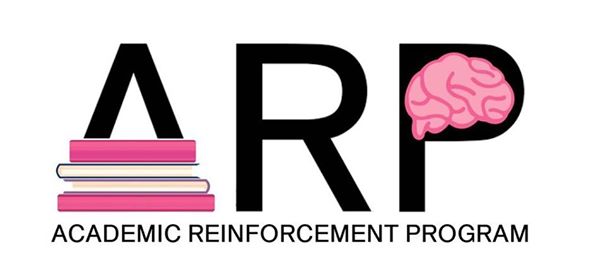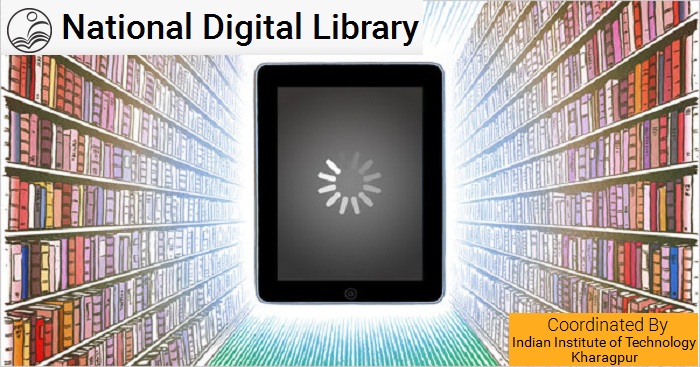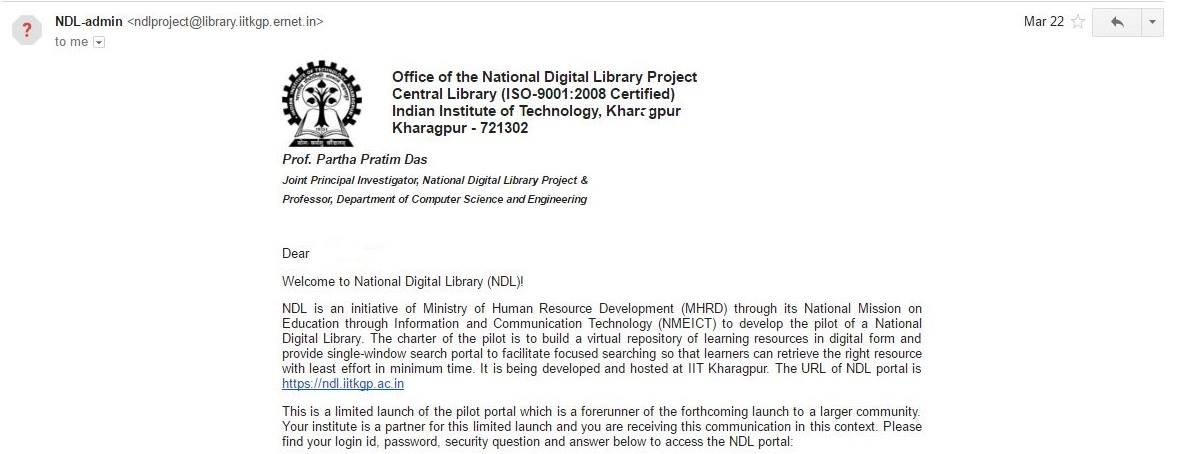

Body of IITR

– Vikrant Saha, Tanvi Verma
The National Digital Library is a project initiated by IIT Kharagpur with the aim of creating a national online education asset for students. Currently in its rudimentary stages, the initiative has integrated online repositories of around 110 institutes and plans to add more to the foray.
Recently, IIT Kharagpur put forth a proposal to the Ministry of Human Resource Development (MHRD) seeking the creation of a national online educational asset for students interested in research and innovation. The National Digital Library (NDL) is an all-digital library that will integrate all existing digitized and digital contents across various Institutions of the nation to provide a single-window access to different groups of users ranging from primary level to higher education level and even life-long learners of our country. Except for copyrighted content, digital data of about 110 institutions at the primary level will mostly be available for free, although access to the materials will be determined by the policy of respective institutions and their access rules. Educational materials are available for users ranging from primary to postgraduate levels and in all types of specialisations. It will provide vernacular content in all disciplines and in varied forms of access devices including video lectures and provisions of learning to cater to a diverse and wide ranging audience.

An institute or individual needs to register with a user id and password and login using those for accessing some classified materials. That being said, registering for the NDL is simpler than recovering the password of your facebook iD. One simply has to visit the host website https://ndl.iitkgp.ac.in/ and click on register. Do this and a portal of seemingly infinite knowledge is all yours to explore.
In today’s world, where technology is fast metamorphosing every human activity, one may find a plethora of e-learning resources and digital libraries but NDL definitely stands out as being the premier project in India aimed at integrating all the pre- existing digitized and digital contents across educational institutions of the nation. The NDL project was launched with the vision to build it into a “National Knowledge Asset – the key driving force for education, research, innovation, and knowledge” and “create a 24X7-enabled integrated NDL as a ubiquitous digital knowledge source of the Nation catering to immersive e-Learning at all level in all disciplines”. The NDL project team has been collaborating with several institutions of the country to harvest metadata of e-contents from the Institutional Digital Repositories (IDR) of the respective Institutions and provides the technical assistance to the institutes without an IDR. Currently, around 110 institutes are involved in this endeavour.
NDL is built following an open virtual metadata standard and will provide a single window search facility to act as a one-stop shop for all digital resources. NDL search contents can be personalized using filters based on the education level, subject, difficulty level, learning resource type, author and source while other digital libraries may not offer all these choices. Apart from this, NDL seeks to provide educational materials in all vernacular languages, to broaden the target audience and promote the linguistic diversity in the sub-continent. NDL can accommodate materials in any language though user interface for searching and browsing has initially started with the languages Hindi, English and Bengali and will slowly expand to include other languages also.
Currently in its rudimentary phase, the NDL project’s long term aim is to provide learning materials in various languages, in all disciplines, in different forms of access devices; and to cater to differently-abled learners as well.
As is the case with initiatives like NPTEL and GIAN, NDL is an ambitious step towards a more progressive and open learning culture in the country and creating some accessible open standard to share resources. While it starts in good stead, it depends heavily on the execution as to how it pans out over the years and compares with similar western repositories it tries to replicate.